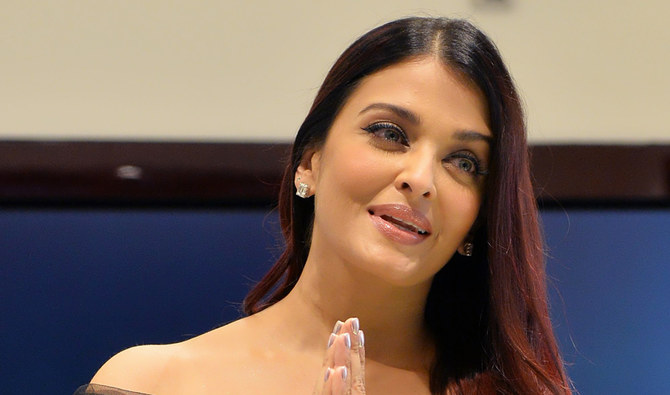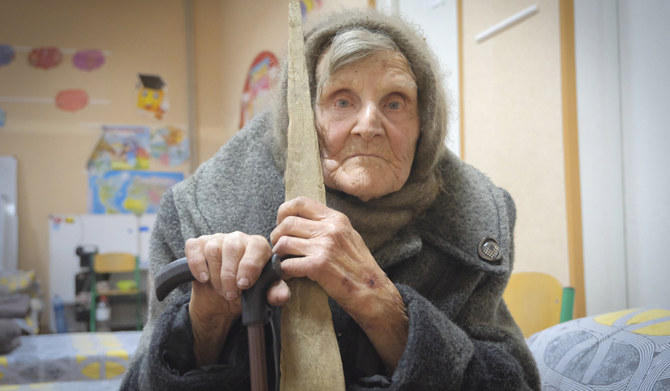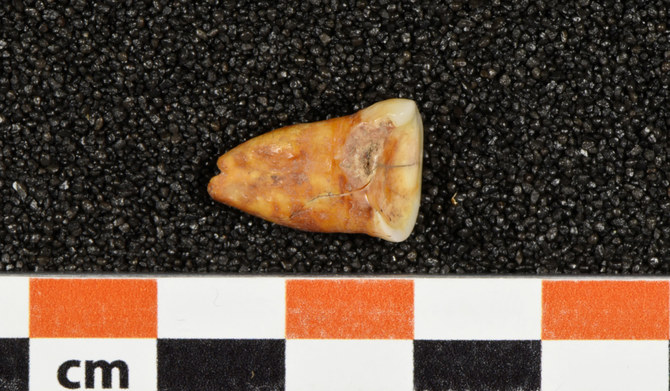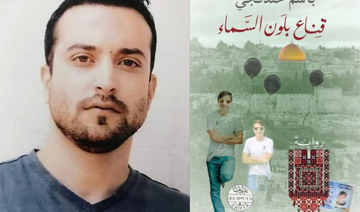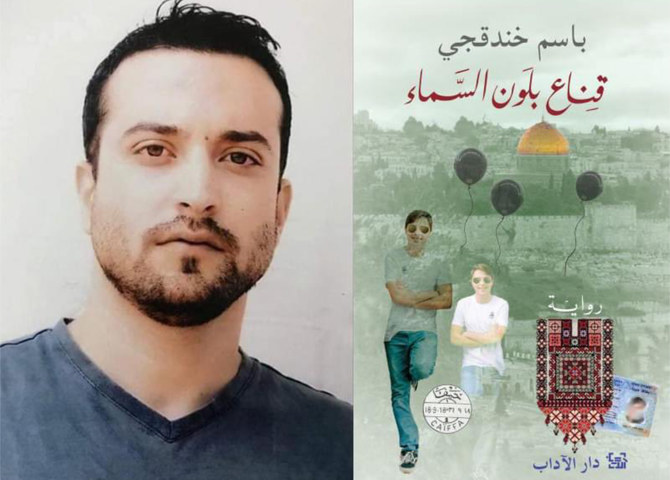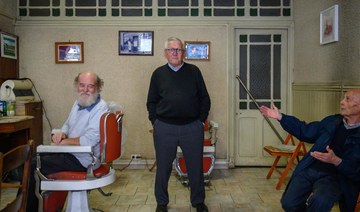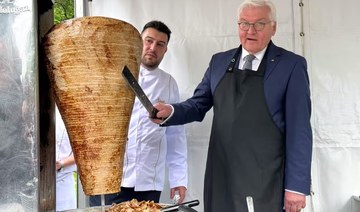PATNA/INDIA: Bollywood starlet Urvashi Rautela caused a stir this week when reports surfaced suggesting she had been paid $931,000 for her new film, “Virgin Bhanupriya” — a staggering fee for a woman actor in the Indian film industry.
The reports turned out to be a publicity stunt planted by Rautela’s marketing team, with the actor refusing to divulge more details on the “very personal” topic.
“I don’t think it’s right for me to discuss my remuneration. It is something very personal,” Rautela told Arab News on Saturday.
With men continuing to call the shots in Bollywood, the marketing gimmick triggered conversations on social media and in an industry where women actors drawing a fatter pay cheque was unheard of until recently.
India has been slow in dealing with its pay inequity problem. Research by diversity and inclusion consulting firm Avtar Group found that women are paid 34 percent less than men for the same amount of work and despite having the same qualifications.
The study is corroborated by the World Economic Forum’s Global Gender Gap Report 2020, which places India 112th in its list of 153 countries dealing with the problem.
However, while the gender gap has grown wider in several sectors over the years, it seems to be closing, albeit slowly, in the Indian film industry.
A recent example is that of Bollywood’s reigning superstar, Deepika Padukone, who asked to be paid more than her co-star, Ranveer Singh — an equally established actor and Padukone’s husband — when the two worked together in Sanjay Leela Bhansali’s 2018 film “Padmaavat.”
Bhansali said he agreed because the film was named after Padukone’s character and she was “the hero of the film.”
The same logic was applied by filmmaker Anubhav Sinha, who, in his latest film “Thappad,” paid actress Taapsee Pannu more than her usual remuneration “because she was the film’s hero.”
“A lot of actresses are being paid much better than a lot of actors. The disparity cannot be attributed to the business alone, it is also the audience that is highly selective in what they will support, and to what extent,” he told Arab News.
Pannu agrees, but is quick to add that absolute pay parity was still a distant dream for many.
“Unfortunately, a female-driven film doesn’t attract the kind of footfall a male-driven film does. So the difference in box-office collections is large and hence the difference in payments. I know when my films collect as much as a male-driven film, they will pay me the same as the male actors. The difference lies in the hands of the audience now. It’s the audience who can help us bridge the gap. We can’t do it alone,” she said.
Formidable actress and National Film Award winner Shabana Azmi said she believes it is “all about the numbers that an actor brings in.”
“At the cost of sounding renegade, I think that is the main consideration. When a female star brings in audiences, she will be paid equally. As more and more women-centric films become commercial successes, it will happen. However, raising awareness on the issue in protest is a good way to start, so producers start paying heed to this demand,” the 69-year-old actor said.
While Padukone and Pannu are leading the changet, they are not the first women actors to do so.
Decades ago, Hema Malini commanded the kind of box-office clout that her male co-stars envied and other actresses dreamt of.
In the 1970s and 1980s, Malini delivered a string of hits, including “Seeta Aur Geeta,” “Sholay,” “Pratiggya” and “Premnagar.”
Looking back on those days when she was the undisputed hero of the box office, Malini said: “I never saw myself as the queen of the box office or whatever names the media and the audience gave me. Neither was I counting the hits nor the money. It was just work for me.”
However, Malini agrees that she did command “box-office clout” and sees the same qualities in Padukone.
“I am happy to see Deepika Padukone getting the same kind of respect. Women must be paid on a par with men, and not just in films,” Malini who is also a parliamentarian, told Arab News.
Other actors said pay parity should be determined by “commercial viability and not gender.”
“I think the logic of unequal pay is that pay is commanded as per star power. Actors, male or female, should be paid according to the number of days they have worked. Equal pay for equal days of work. It’s simple economics,” Swara Bhaskar of “Veere Di Wedding” fame, told Arab News.
Sameer Nair, CEO of Applause Entertainment, a leading film production house, said with the popularity of Over the Top and subscriber-paid platforms, the opportunity for equal pay was being “seriously addressed.”
“It is a social issue, prevalent everywhere, and not just entertainment. Change, while slow, is very real and is happening. In many ways, the Indian entertainment content, which is female-skewed, does pay equal or more to the female lead actors,” he said.




